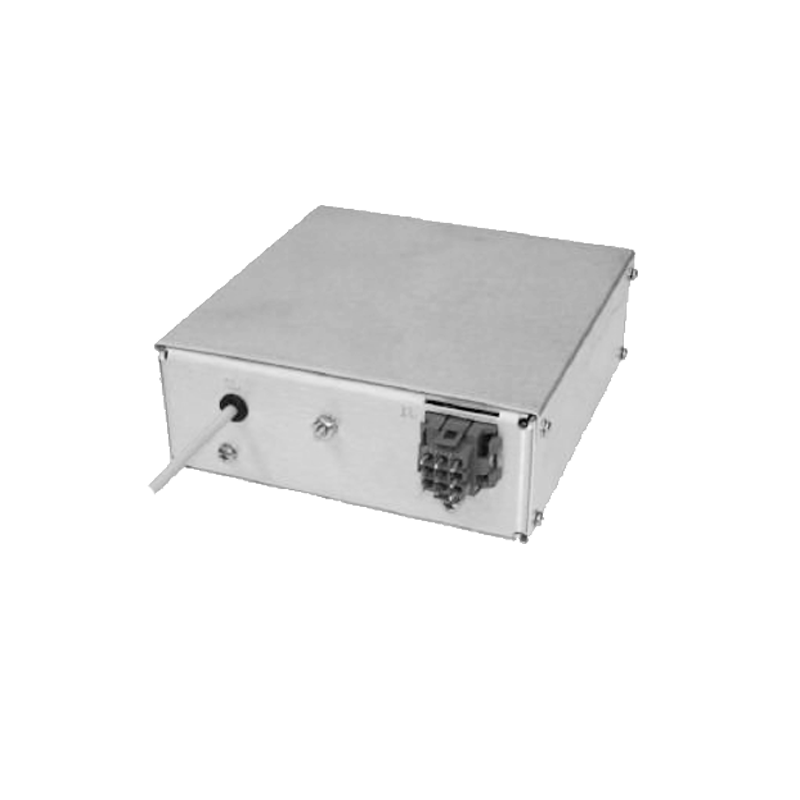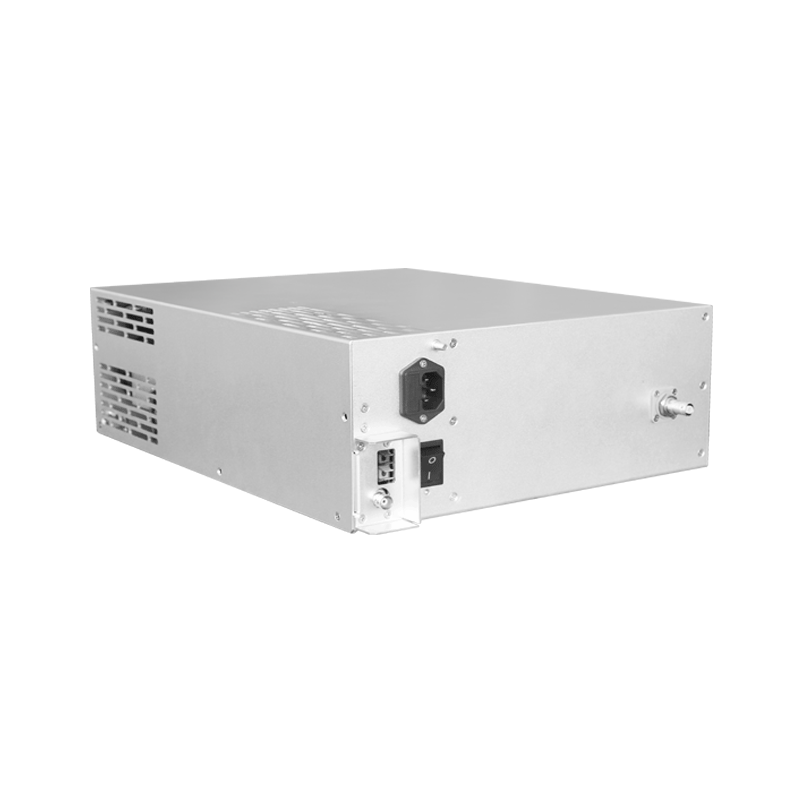Modular Innovation and Application of Annealing Machine Power Supplies
The evolutionary trajectory of annealing equipment has increasingly emphasized modularity in power supply design, recognizing that rigid, monolithic power systems impede both initial installation flexibility and long-term maintainability. By segmenting the power conversion chain into interchangeable high-voltage modules, engineers can tailor system capacity, redundancy, and diagnostic capability to the precise needs of each furnace or line without over-dimensioning the entire installation.
A typical modular architecture comprises standardized rectifier-regulator units, each rated for a fraction of the total furnace power, often in the 200–500 kW range. These units are cascaded in parallel at the high-voltage DC bus, allowing incremental scaling simply by adding or removing modules in a hot-swap configuration. The immediate operational benefit is the elimination of single-point failures that traditionally forced complete line stoppages; a faulty module can be isolated and replaced while the remaining units continue to deliver proportional power, maintaining partial production capacity during intervention.
From a design perspective, modularity encourages the adoption of advanced semiconductor platforms that might otherwise be economically prohibitive in single large-scale implementations. Each module can incorporate next-generation wide-bandgap devices such as silicon carbide MOSFETs or gallium nitride cascodes, which exhibit superior switching characteristics at high voltage. The smaller per-module currents reduce thermal stress on individual components, extending mean time between failures and permitting air-cooled designs even at multi-kilovolt potentials.
Standardization of mechanical footprints and communication interfaces further accelerates deployment. Modules conforming to a common rack-mounted form factor can be pre-tested at the assembly plant under simulated load conditions, minimizing commissioning time on-site. Digital twin representations of each module enable predictive maintenance algorithms that monitor parameters such as junction temperature rise, partial discharge inception voltage, and coolant flow rates in real time, flagging degradation long before catastrophic failure.
The application of modular power systems extends naturally to multi-zone annealing furnaces where different sections require independent temperature control. By assigning dedicated module groups to each zone, thermal cross-talk is minimized, and energy allocation becomes dynamically optimized based on instantaneous workload distribution. In tube annealing lines processing varying diameters, this zonal independence has been shown to reduce total energy consumption by 12–18 percent compared to centralized supply architectures that must be sized for worst-case simultaneous demand.
Retrofitting existing installations represents one of the most compelling use cases for modular high-voltage systems. Older facilities constrained by transformer capacity can often accommodate additional modules by utilizing spare slots in existing switchgear, thereby achieving capacity expansion without major electrical infrastructure upgrades. The plug-and-play nature of the modules significantly reduces downtime during such upgrades, a critical consideration in industries where every hour of lost production carries substantial financial implications.
Fault tolerance reaches new levels when modules incorporate internal bypass circuitry and autonomous current sharing control. Advanced droop-sharing techniques ensure that load is evenly distributed even in the presence of minor parameter drifts between units, preventing thermal runaway in any single module. Diagnostic data aggregated through a unified supervisory controller provides maintenance teams with unprecedented visibility into system health, shifting interventions from reactive to proactive paradigms.
The economic model also favors modularity over the lifecycle. Initial capital expenditure may appear higher due to the duplicated control and protection circuitry, but total cost of ownership calculations typically reveal substantial savings through reduced spare parts inventory (fewer unique components), shorter mean time to repair, and the ability to redeploy modules to other lines as production priorities shift. In diversified manufacturing plants running both ferrous and non-ferrous annealing processes, this redeployability has proven particularly valuable.
Innovation continues in the realm of hybrid modularity, where high-voltage modules are combined with energy storage elements such as supercapacitor banks or flywheel systems at the DC link. This configuration enables peak shaving during rapid heating phases and energy recapture during controlled cooling, smoothing the demand profile presented to the upstream grid. Plants operating under time-of-use tariffs have reported significant reductions in peak demand charges following implementation of such hybrid modular systems.
As annealing processes evolve toward ever tighter microstructural tolerances required by advanced high-strength steels and heat-resistant alloys, the flexibility afforded by modular power architectures becomes not merely advantageous but essential. The ability to reconfigure power delivery topology—whether series for higher voltage or parallel for higher current—within hours rather than months positions manufacturing entities to respond rapidly to changing material specifications and market requirements.




















